Interview With Tribeca Instructor Chris Tedin: How to Make it as a Digital Art Student
Oct 18th 2017

A freelance artist and educator with over 20 years experience, Chris Tedin is the Lead Faculty of Animation + VFX & Design at the prestigious Tribeca Flashpoint College in Chicago. He also has a special connection with CG Cookie, having taught our co-founder Wes Burke at the Illinois Institute of Art in Schaumburg.

Chris, you teach digital art at one of the most prestigious schools in the world. Within the creative industry, there is a saying: "Your portfolio matters more than your degree." Do you agree?
I completely agree with this statement. The paper degree is almost meaningless to a professional in the industry, to a point. When a customer or employer is looking at the artist as a possible candidate, they are only looking to see what kind of work they do, the quality of the work, and the professional experience level of the artist.
Also, they look at personality traits, and whether they would work well in a team environment, and how they would contribute to the team as a whole. Artist work closely together with other artists and producers. They need to come up with creative solutions and have the ability to solve problems that may be slowing down the production.
Perhaps the only circumstance that may favor a degree-holding candidate is working in a foreign country. To obtain a work Visa in any country outside the United States, they will favor a candidate who holds a bachelor's degree over one who does not.
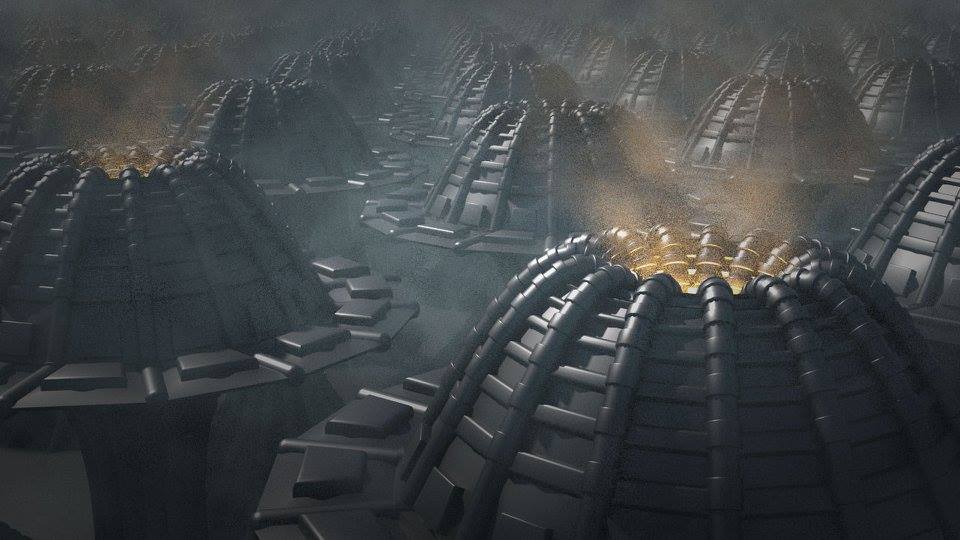
"Sci-Fi Everyday"
What separates successful art students from the rest? Can you spot them in your courses and know they are going to make it?
Success is always the result of effort. I can see the potential in every student, but those who put in the long hours are always the ones who are able to achieve their goals.
Talent helps, but it is not the formula for success that daily effort represents. Those who push themselves to make daily incremental progress, and are patient, and find solutions to their challenges are almost always going to be successful.
Those who let themselves be frustrated, lose focus and wallow in self-pity will find themselves in a difficult situation. They often gain bad habits, focus on the negative, blame others for their lack of success, and engage in self-destructive behaviors. It takes some effort to turn these attitudes around, and we focus a great deal of effort in our classes on building professional skills centered around self-reliance and taking responsibility for one’s own success.

"Evil Lair"
Is that one of the things that sets Tribeca apart from other traditional digital art schools?
We focus on each student, their own skills and abilities, and mentor them through the various career paths, and the skills that are needed for each job in the pipeline.
Our classes are small, and our cohort of students is also small, compared to other colleges that teach these skills. The students are immersed in the 3D modeling, animation, image manipulation and the foundations of design in their first few semesters, and the curriculum builds quickly to more complex competencies such as motion graphics, compositing and rigging quickly.
Once the student has reached the second year, they are involved in actual vfx and animation productions. They begin to work in teams, and are contributing to a larger film or design project. We also work with outside clients, who are filmmakers and non for profit organizations who need creative individuals to contribute to their projects.
What are some of the wrong reasons to want to study digital art, and what are some of the good ones?
I don’t think there are many bad reasons to study art. Perhaps “a quick buck” is probably a misinformed one. Playing video games is also a different skill than making them. Few video game addicts can make the leap to artist without a committed amount of time away from video games.
Artists get into this because they love it, and know it will take a long time to get really good, and to make a solid living as a visual effects artists, modeler or animator. However, it’s a fulfilling career, and one that challenges your creative mind and problem solving skills on a daily basis. I think that’s the challenge that we all love about it. Working with some of the best artists around, and constantly learning from each other is also a great reason to pursue a career as a digital artist.
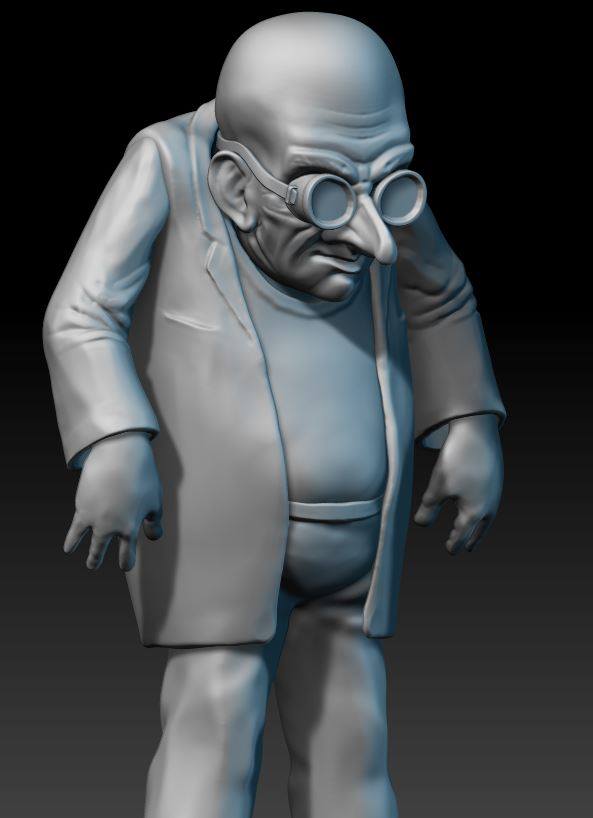
"Evil Scientist"
What are the current job prospects of your graduates? What advice do you give them to land a job?
The job prospects are very good these days. I am constantly being asked for recommendations for talented artists, and looking to my current students, helping them make the leap to fill these positions.
My advice to the students is “work hard” and make themselves indispensable. They need to look at other artists’ work and be realistic about their own level. Once they see where they are, they need to create a path to where they want to be. Make a list of “targets”, and a mission statement for the overall goal.
Then, find a mentor (or two) to help them achieve their goal. They need to keep putting their work out in public, accepting criticism, and using it all to make their work better. When the work gets to be of a certain quality, the jobs will search for them.
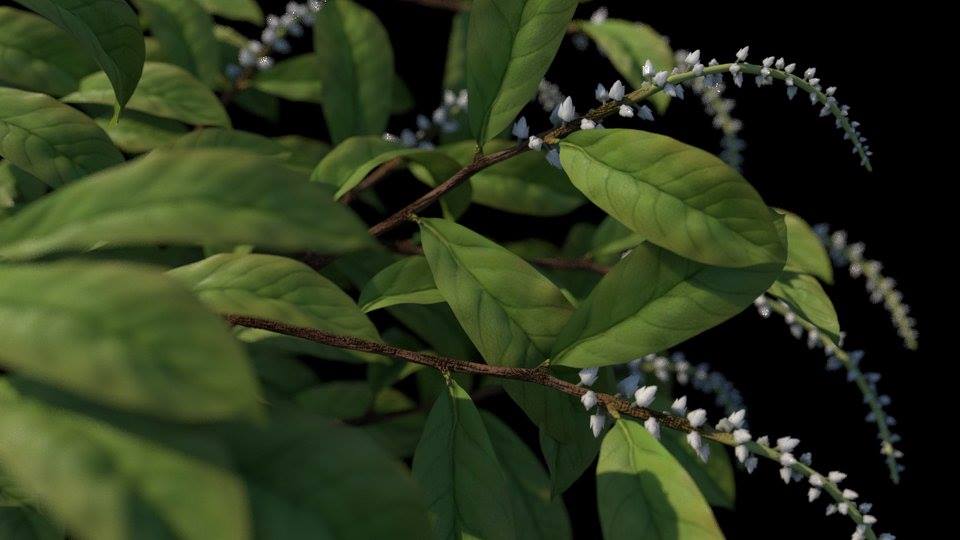
"Plant"
Are there any aspiring artists we should be looking out for?
Dan Wiley is a recent graduate, with an amazing portfolio of props, environments and characters. He also knows Unreal and Unity, and works harder than almost anyone I’ve met in recent years. http://djwiley912.weebly.com/
Danny Popovic graduated a few years ago, and is a supervising compositor at Industrial Light and Magic. https://vimeo.com/165227440
Kameron Wesley is working at Neatherrealm, a game company in Chicago:
Within the CG industry we are seeing Blender gain more attention, being used productions such as Man in high Castle and the recent Blender Institute film Agent 327. What do you think the future holds for this open-source software?
I see a very bright future for Blender in the film, game and visualization industries.
I attended several sessions at Siggraph this year in Los Angeles, and Blender was represented as a topic of discussion at many levels. It is a powerful DCC app and is gaining many new features at a very strong pace, due to the hard work of a vibrant community. As more and more students enter college with skills in Blender, the skill level of the community grows.
As it gains features that are used in professional studios, as well as scalability and robust architecture, we should see more studios beginning to consider it as a part of their pipeline. Many more studios are accepting and contributing to open source software file formats and middleware tools such as Open Color I/O, Open Shading Language, Universal Scene Description, Alembic, ACES, OpenVDB, Open Subdiv, numerous Python libraries and many more.
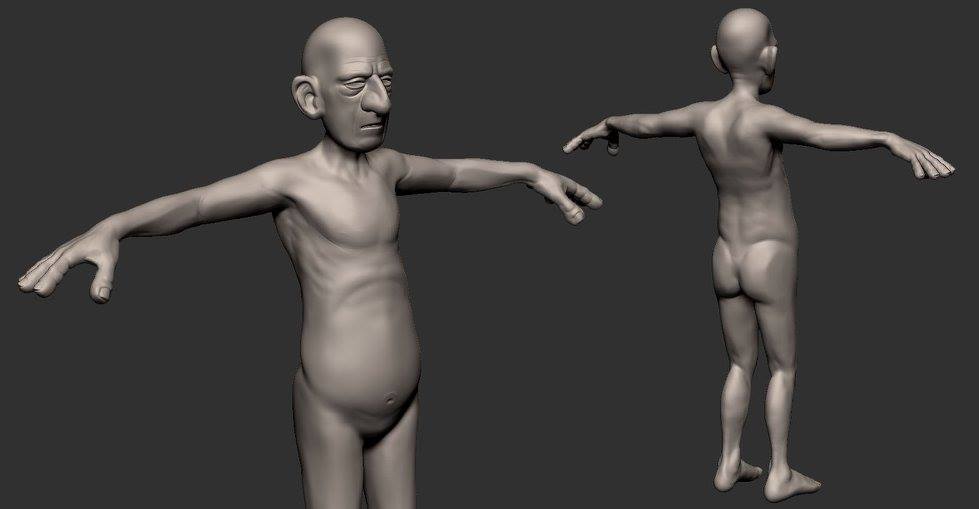
"Cartoon Figure"
And finally...if you could go back and tell your younger self anything, what would it be and why?
I think I have made the right decisions throughout my career. I might have decided to get into the visual effects industry right away, rather than pursue a path that focused on fine art, but I have been able to stay current with the trends in the industry.
I may have encouraged myself to continue to pursue fine art, and try a career in the film industry when ILM was really producing cutting edge visual effects work. That would have put me at the epicenter of computer graphics development with the Pixar team. I would have been working alongside some of the early pioneers in computer animation. Hindsight is always 20/20, as they say. I'm happy that I turned my attention to higher education, and have students pursue careers in this field.

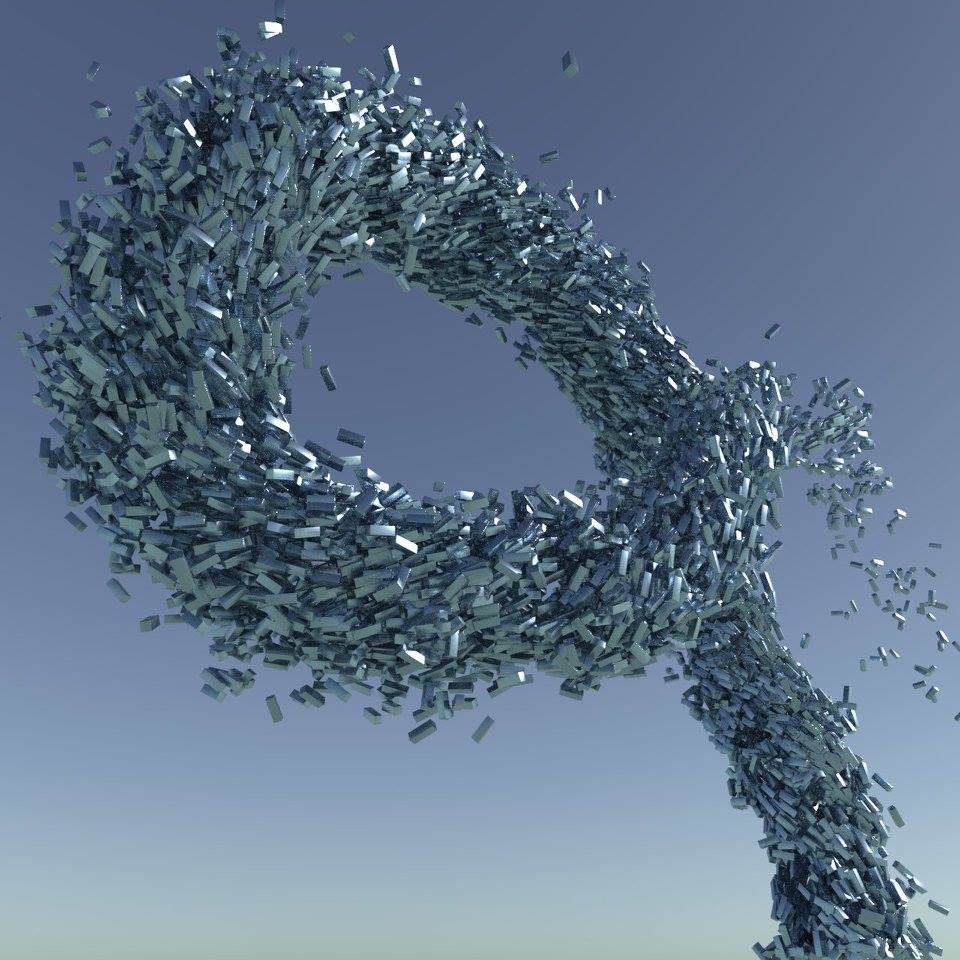
Thanks for your advice, I learned a lot.
WOW! This was so helpful! Thanks for sharing!
Super-informative as it is inspiring! Thanks for this.
Thanks for sharing!